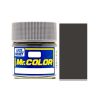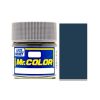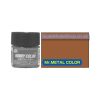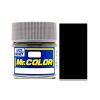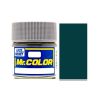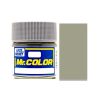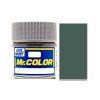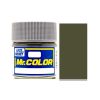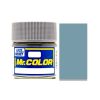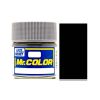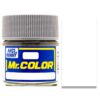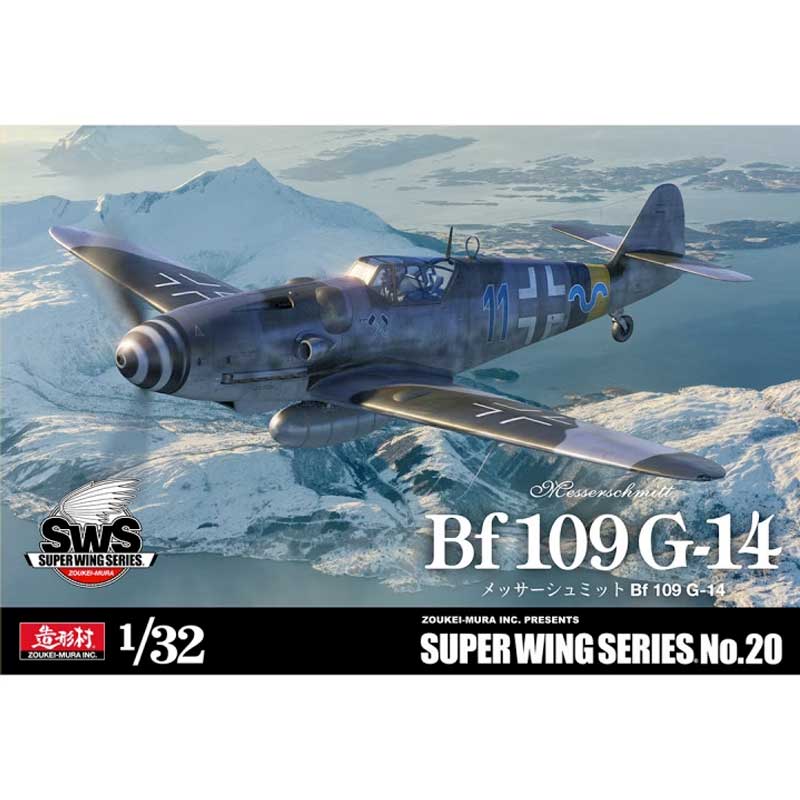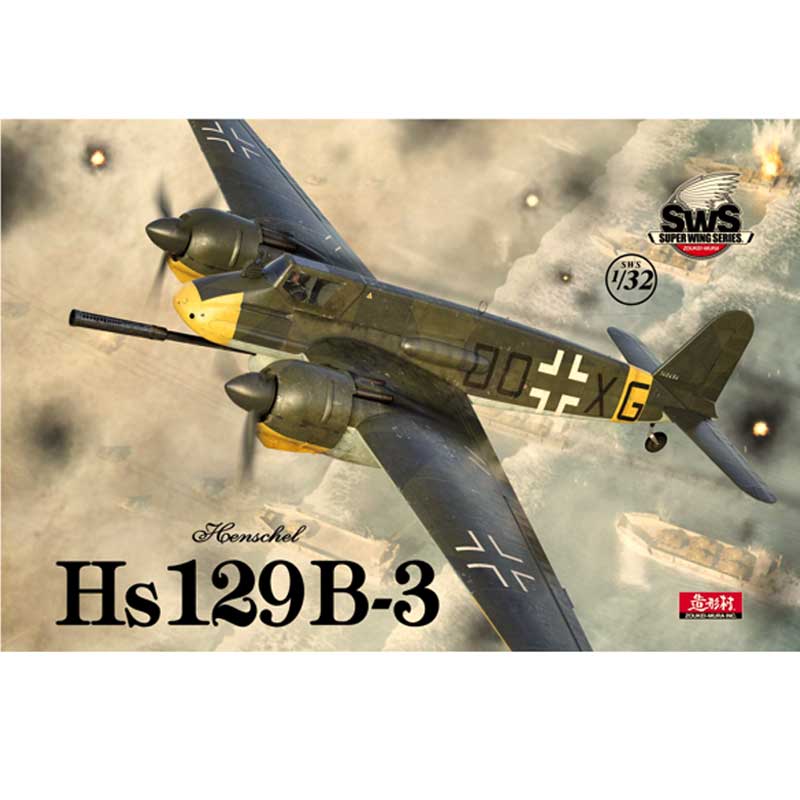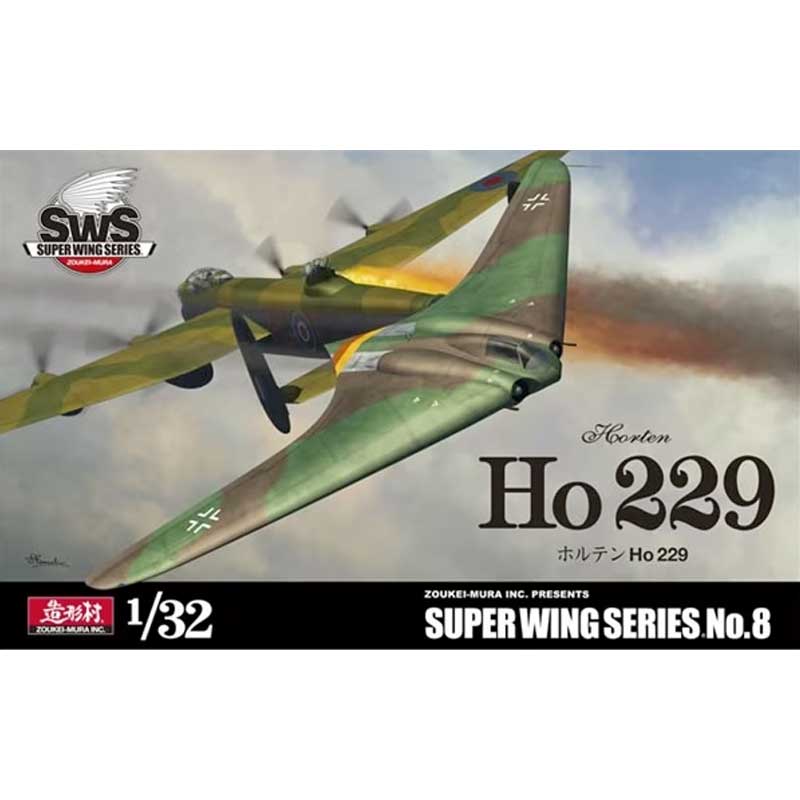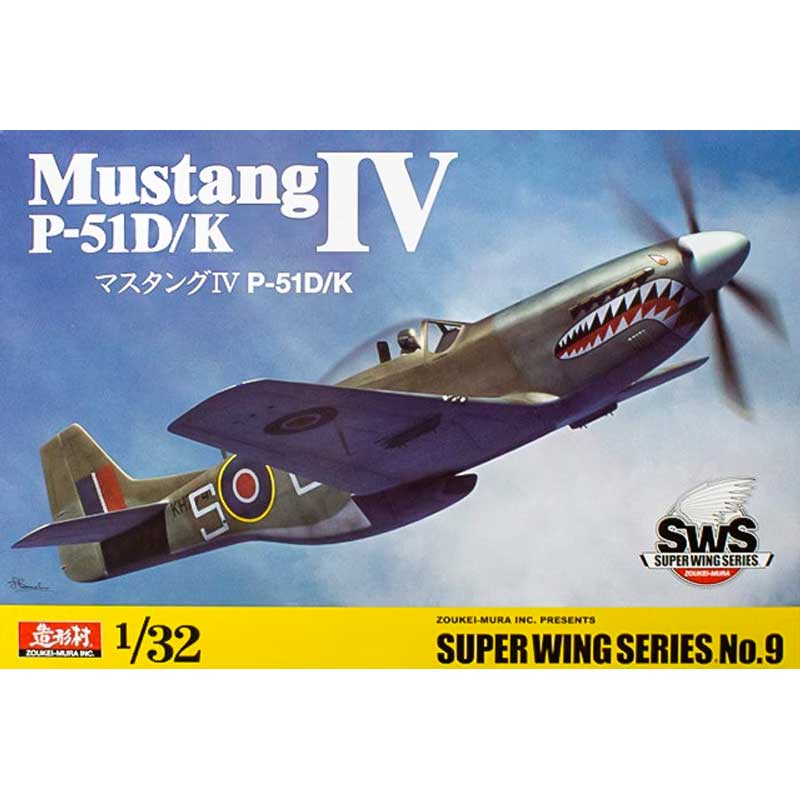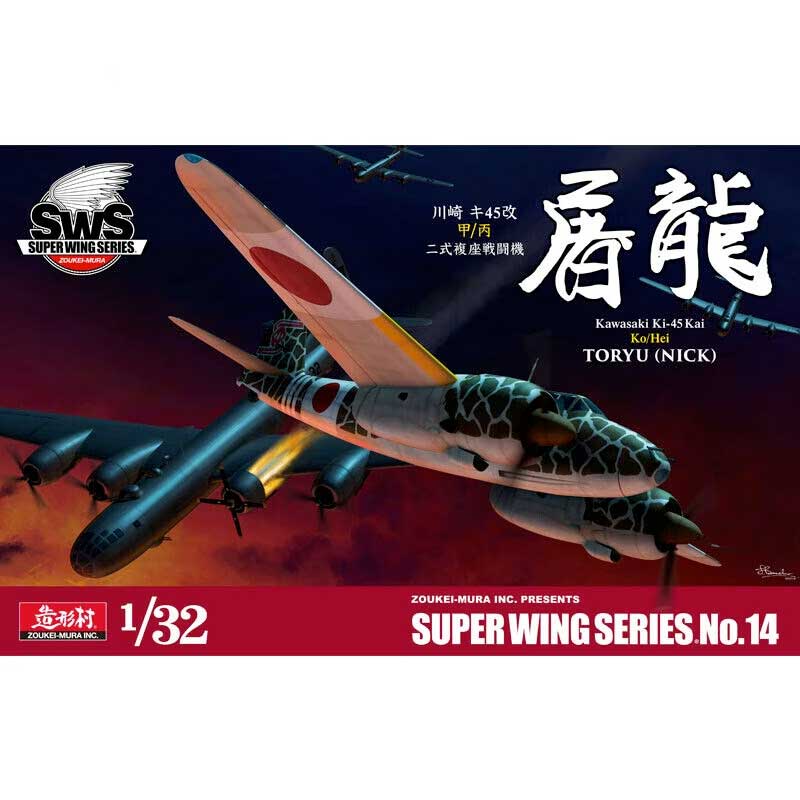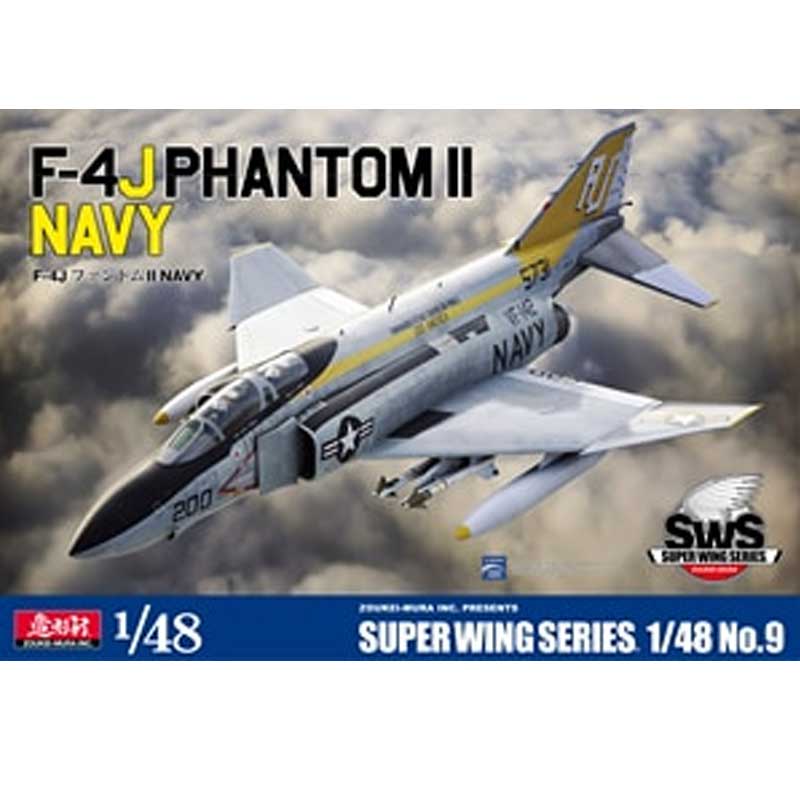Zoukei-Mura Plastic Model Kit
Focke Wulf FW-190 A-4 (1/32) SWS22
The Focke-Wulf Fw 190 A-4 was one of the most iconic variants of Germany’s famed WWII fighter series, featuring a short-nose radial design powered by the twin-row BMW 801 engine. Zoukei-Mura’s 1/32 scale representation of this formidable aircraft is the result of extensive research and refined engineering. The A-4 marks the final stage of the early “short nose” design before the extended engine mounts of later variants, capturing the authentic silhouette and panel work with extraordinary fidelity.
This kit includes a fully detailed BMW 801 engine complete with truss-mounted exhaust system and firewall connection, allowing the builder to appreciate how the aircraft structure interacts with its mechanical core. The kit also reproduces the internal fuselage layout, cockpit, and undercarriage mechanisms with precise accuracy. Included decals cover three marking options, including winter and summer camouflage schemes from JG54 and JG1, with the distinctive Green Heart and Black Eagle emblems.
- 1/32 scale injection-moulded plastic model kit
- Detailed BMW 801 engine with exhaust assembly and firewall rigging
- Highly accurate airframe with refined panel lines and internal ribbing
- Multiple decal options: JG54 “White 3” winter and summer camo, JG1 “White 4” Netherlands
- Unassembled and unpainted – glue and paint required
Paint Reference:
| Colour | Tamiya | Vallejo | Mr Hobby | Mr Color |
|---|---|---|---|---|
| RLM 74 Grey Green | XF-22 | 70.868 | H68 | C68 |
| RLM 75 Grey Violet | XF-53 | 70.870 | H69 | C69 |
| RLM 76 Light Blue | XF-23 | 70.907 | H417 | C117 |
| RLM 70 Black Green | XF-27 | 70.979 | H65 | C65 |
| RLM 02 Interior Grey | XF-22 | 70.886 | H70 | C70 |
Paints are shown for reference only, they may not be recommended in the manufacturer instructions and are to be used only as a guide. It is advised you do your own research to match the finish you want.
History:
The Focke-Wulf Fw 190, nicknamed Würger (“Shrike”), was a single-seat fighter aircraft designed by Kurt Tank in the late 1930s and became one of the mainstays of the Luftwaffe during World War II. Introduced in 1941, the Fw 190 quickly proved to be superior to the early Spitfire Mk V in nearly all aspects except turning radius. The aircraft’s powerful BMW 801 radial engine allowed it to carry heavier ordnance and perform multiple roles—including day fighter, fighter-bomber, and ground-attack aircraft.
The A-4 variant marked the end of the short-nose Fw 190 line before major airframe modifications were introduced. These aircraft served across multiple theatres, including France and the Eastern Front. Units such as JG54 utilised both summer and winter camouflage adapted for Russian operations. Pilots such as Corporal Karl-Heinz Cordes flew the “White 3” variant, a favourite for its reliability and formidable low-altitude performance. The Fw 190 remained in front-line service throughout the war and continues to be revered for its engineering and battlefield versatility.

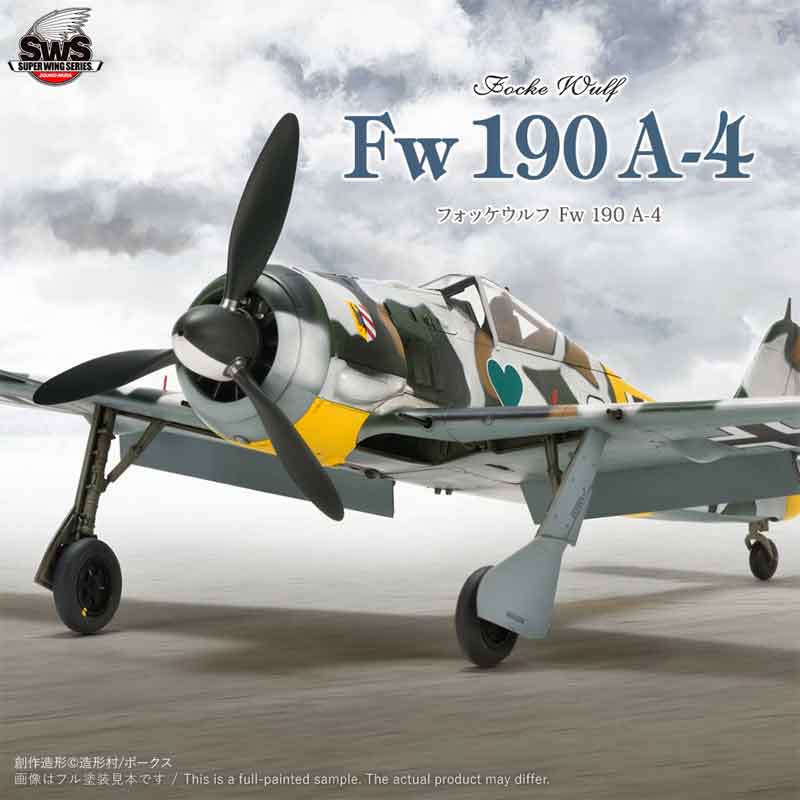

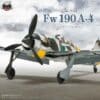 This item: Zoukei-Mura Focke Wulf FW-190 A-4 (1/32) SWS22 (Out of Stock)
This item: Zoukei-Mura Focke Wulf FW-190 A-4 (1/32) SWS22 (Out of Stock)